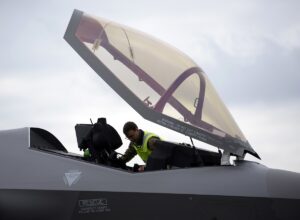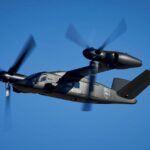
The F-35 Joint Program Office (JPO) and companies, including F-35 prime contractor Lockheed Martin [LMT], are addressing a parts shortage for the Northrop Grumman [NOC] AN/AAQ-37 Distributed Aperture System (DAS). "AN/AAQ-37 Distributed Aperture System (DAS) is a known part shortage and is being aggressively addressed by industry and government," Lockheed Martin said on Nov. 8. "We are committed to providing a resolution that ensures this 5th Gen capability is delivered to the warfighter while maintaining program affordability." The F-35 JPO…














